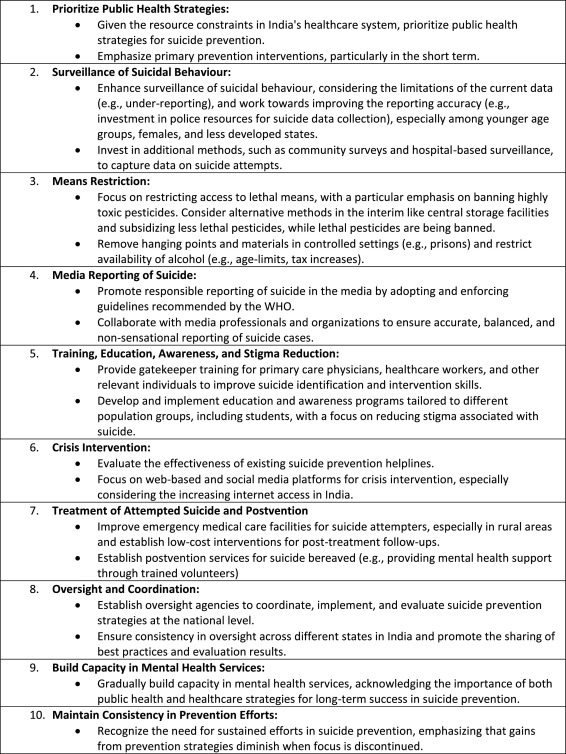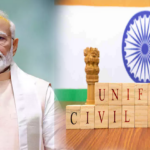By Raju Kumar
BHOPAL: Suicide has become a grave social and mental health crisis in India. The highest numbers of suicide cases are reported from states like Maharashtra, Tamil Nadu, Madhya Pradesh, West Bengal, and Karnataka. The suicide rate is particularly higher in the southern states, while it is also becoming a growing concern in some northeastern states. Madhya Pradesh ranks third in the country in terms of the number of deaths due to suicide. The causes of suicide are multilayered, sectional and complex.
According to the National Crime Records Bureau (NCRB) data, a total of 170,924 suicide cases were registered in 2022, which is a 7.2 percent increase compared to 2021.On average, 467 people are dying by suicide every day, and the suicide rate (per 100,000 population) stands at 12.4 — the highest ever recorded. According to the NCRB report, family problems and illnesses are the leading causes, accounting for nearly 66 percent of all suicides. Unemployment, financial distress, business losses, failure in examinations, failure in love relationships, and substance abuse are also significant contributing factors. The rising incidents of suicide among farmers and students in India highlight how social pressures and the lack of institutional and social support are prematurely ending many lives.
In the global context, India has become a major contributor to worldwide suicide statistics. According to the World Health Organization (WHO), while India comprises about 17 percent of the world’s population, it accounts for nearly 36 percent of global suicides. Adolescents, youth, women, farmers and labourers emerge as the major groups of people committing suicide. WHO emphasizes that preventing suicide requires not just individual efforts but broader structural improvements in society.
In India, social factors have deep impact on suicide rates. Caste-based discrimination, gender inequality, economic disparity, and the isolation brought about by rapid urbanization have complicated the situation. The breakdown of traditional social structures has also weakened community-based support systems. Due to social stigma, people hesitate to talk openly about mental health issues. The severe shortage of mental health services, especially in rural India, further worsens the situation. In India, there are only 0.75 psychiatrists per 100,000 people, whereas WHO recommends a minimum of three psychiatrists per 100,000.This disparity shows that most people either have no access to treatment or rely on disorganized and unreliable sources.
From a psychological perspective, suicide is often linked to mental health disorders such as depression, anxiety disorders, bipolar disorder, and substance addiction. However, it is also evident that mental illness alone is not the only cause; social helplessness, emotional isolation, fear of failure, and persistent stress are also major factors. According to the American Psychological Association (APA), lack of social support, absence of purpose in life, and social rejection significantly multiply the risk of suicide. In India, there are still deep-rooted social myths around mental health, causing people to hesitate in seeking help and find themselves isolated in times of crisis.
At the policy and program level, several efforts have been made over the past years to prevent suicide. Decriminalizing suicide under the Mental Healthcare Act, 2017, the launch of services like the ‘Kiran’ helpline, and the expansion of district mental health program under the National Mental Health Program are noteworthy initiatives. At the national level, people are now able to receive free tele-counselling services by calling the toll-free number 14416 under the ‘Tele-MANAS’ program. In 2022, a National Suicide Prevention Strategy was also implemented for suicide prevention.
In Madhya Pradesh, one of the states with a high suicide rate, the National Health Mission, MP, has strengthened mental health services by establishing “Man Kaksh” centres in each district. The mission has also developed an app called “Manhit”, available on the Google Play Store, through which people can screen their mental health. To strengthen suicide prevention at the community level, a gatekeeper training campaign named “Mitram” is also being run. However, due to lack of awareness, social stigma, and neglect towards mental health, the usage of these available services remains at a minimum level.
Basing it on the recommendations of the National Suicide Prevention Strategy 2022, the Indian Association of Private Psychiatry (IAPP) organized a two-day Mid-Term CME 2025 in Bhopal, focusing on the prevention of suicide and mental health awareness.
At the conclusion of the CME, the Chairperson of the organizing committee, senior psychiatrist Dr. R.N. Sahu, shared that the program discussed changes occurring in the brains of individuals with suicidal thoughts and techniques to understand them. The way suicide is portrayed and described in Indian cinema and Indian media was also discussed. It was noted that glamorizing suicide deeply impacts at-risk groups.
Sessions were organized on mental health problems such as depression, obsessive-compulsive disorder, psychosis, and the emergence of suicidal thoughts due to stress in coaching environments like Kota. The issue of suicide among children, adolescents, and the LGBTQ+ community was also addressed through dedicated sessions. New topics such as the role of AI in suicide prevention, the role of medication and cognitive behavioural therapy (CBT) in suicide prevention, and discussions on loneliness and suicide vulnerability were included.
According to Dr. Mrugesh Vaishnav, National President of the Indian Association of Private Psychiatry, both the government and private bodies need to work in this direction. The aim of this initiative by the Indian Association of Private Psychiatry is to reduce suicides in the country. Incorporating the findings of the program into various policies and programs would be a major step forward.
To prevent suicide, open conversations about mental health in educational institutions, workplaces, and communities, timely counselling, and strong social networks are essential. In India, suicide is not just a personal tragedy, but also a reflection of social failures. Until mental health services are made accessible and dignified, and until economic and social inequalities are seriously addressed, it will be difficult to bring about a lasting decline in suicide rates. We must create structures where individuals can share their suffering without fear and shame and receive immediate and effective support. (IPA Service)

 Narendra Modi Govt Is Set To Implement Uniform Civil Code Nationally This Year
Narendra Modi Govt Is Set To Implement Uniform Civil Code Nationally This Year 